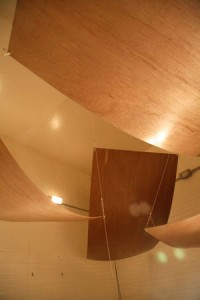In one of my first Blog posts I discussed the Sound Designer Ben Burrt and his work for the Star Wars films. Now on the 16th of April a teaser trailer for the new Star Wars film was released. Now you know I love all things sound so that is what I am going to talk to you about. So firstly, I am sure you have seen it but here is the trailer so it is fresh in your minds.
So let’s get down to business. Just before we come out of a blank screen we get the opening melody of the Ben Kenobi Death/Tie Fighter attack. It is a very soft melody, and along with its intensity our memories are awakening, we are taken to a crashed ship and the deep breathing of Darth Vader is heard. Yes, this is all within a minute of the trailer. We have a voice- from Luke Skywalker talking about the Force and his family and at this point we have a low level of music and the voice is guiding us. The voice is setting the mood, taking us back. Once he says “You have it too” we are back into the Ben Kenobi Death/Tie Fighter attack music and get to see and hear everything you could possibly expect from a Star Wars trailer – flying ships, Lightsabers, explosions and battles. Now you must have been living under a rock if you didn’t know Harrison Ford was returning as Han Solo, but what makes this trailer so good for me is its sound. Again we are ending on a blank screen, and hear a voice we all know, and we love, “Chewie” and then we see the much loved and missed Han Solo and Chewbacca.
Well my thoughts on the trailer – well I love it. It is actually rather simple, doesn’t give that much away. You get to see much loved characters and there is just a familiarity and nostalgic mood that it creates. I think, regarding the sound, I really appreciate and respect the fact that it isn’t the Star Wars theme tune that we hear soft music which creates a juxtaposition to the elements on screen. I personally can’t wait until Christmas.



